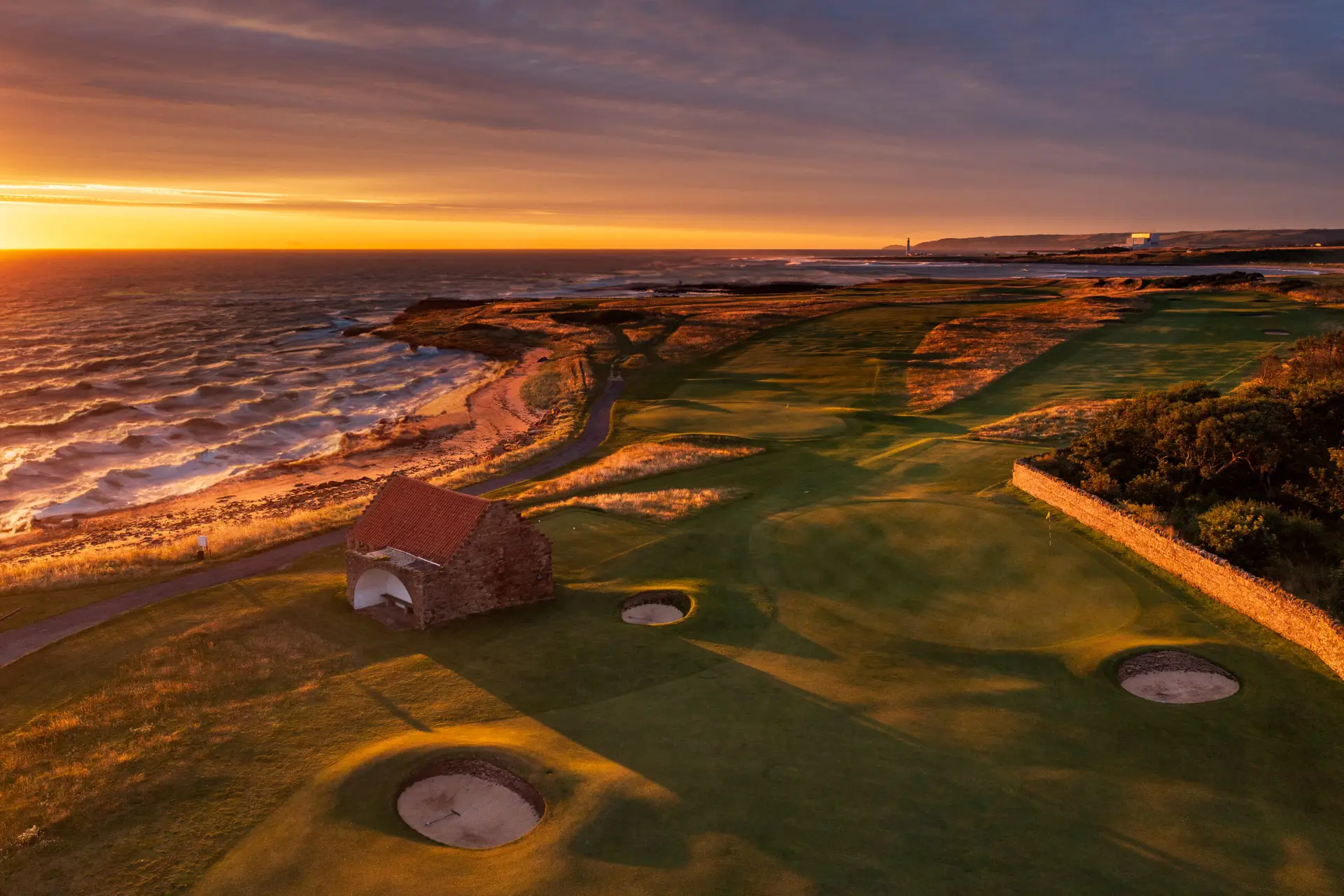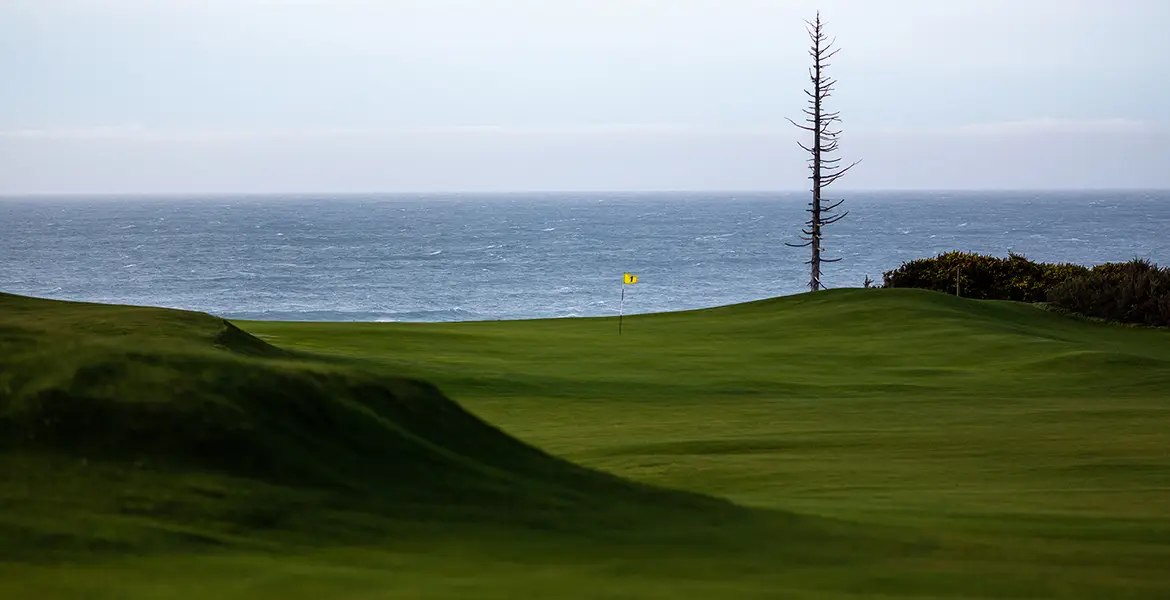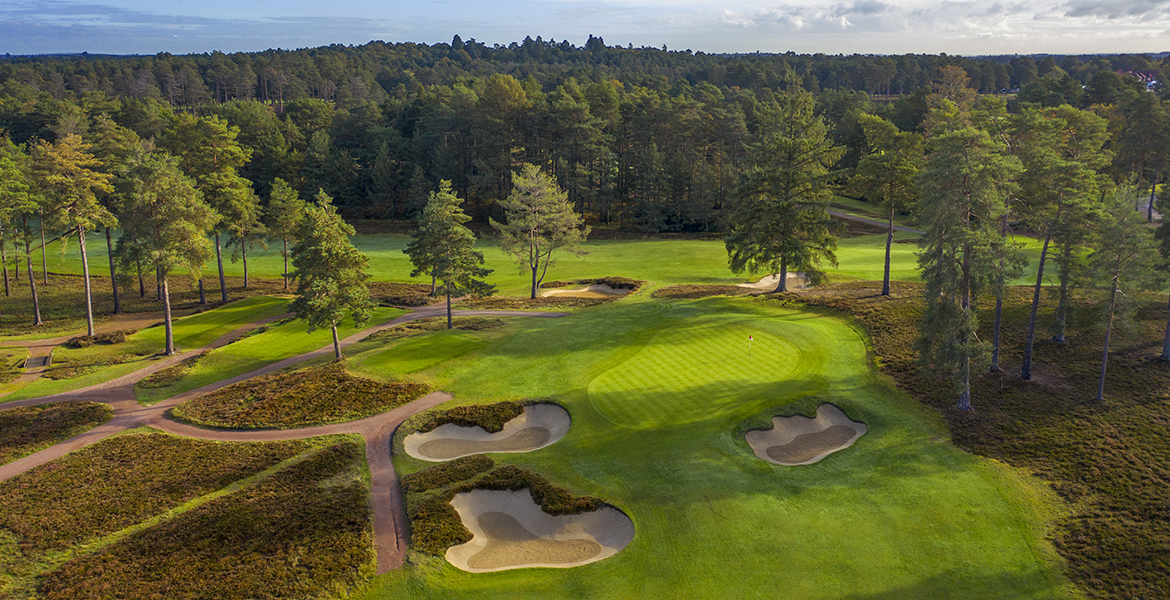Push on just a wee bit further east of Edinburgh for this not-to-be-missed charmer
Those responsible for marketing golf in East Lothian, the region due east of Edinburgh, describe their domain as “Scotland’s Golf Coast.” The phrase probably annoys a few tetchy souls in Fife and Ayrshire, but it’s difficult to dispute the facts.
Not only can East Lothian boast the world’s largest concentration of championship links courses, but it is also home to the world’s second-oldest golf course, Musselburgh, and its oldest club, The Honourable Company at Muirfield. Gullane is just down the road from Muirfield, as is The Renaissance Club, while North Berwick is only a short distance away. Golfers touring the area might reckon that having journeyed this far along the coast (it’s all of 30 miles from Edinburgh to North Berwick!), now is the time to head north or west, but those who do miss experiencing one of Scotland’s finest treats.

There are many good reasons for traveling an additional few miles to the ancient town of Dunbar. Indeed, most aspects that distinguish golf in East Lothian exist at Dunbar Golf Club, tradition, character, and challenge included. It is also typically easy for visitors to organize a game here.
The club’s history is intriguing. Although formally founded in 1856 with a layout originally crafted by Old Tom Morris in the 1890s, the Dunbar Golfing Society was instituted back in 1794. Moreover, records suggest a cruder form of golf was played in the vicinity almost 200 years earlier: In 1617, two men from nearby Tyninghame were censured by the authorities “for playing at ye nyne holis on the Lord’s Day.”
It might stretch imaginations to suggest that, in terms of character and innate charm, Dunbar is comparable to North Berwick. Nevertheless, it has an abundance of both qualities, and none can deny the splendor of its setting, with the links providing far-reaching views along the coast and out across the North Sea.
Dunbar’s defining feature is “the wall,” an impressive stone structure built in the early 19th century by prisoners of the Napoleonic Wars. It runs the length of the course, dividing it into two sections. The clubhouse together with four holes, including the first and last, are concealed behind the wall, and though each hole is interesting, they have a different feel to those situated closer to the sea. Some are critical of what they describe as Dunbar’s “split personality,” but a more informed view is that the wall adds another dimension to the experience, similar to the drama-building way both North Berwick and the Old Course start and finish within a town setting.

Ironically, it is a “hidden hole,” the short 3rd, that commands the best view of the entire links from an elevated teeing platform; a stage-like green in front of the clubhouse also makes this one of Dunbar’s most memorable challenges. Another standout on the front nine is the par-five 9th: Partially framed and threatened to the right by the ubiquitous wall (a magnet on the front nine for right-handed slicers), a steep hill in the fairway confronts the drive and, once negotiated, a spectacular downhill approach awaits.
Prior to reasserting itself at the end of the round, the wall takes something of a back seat on the inward nine, ceding influence to the North Sea as Dunbar now more closely resembles an archetypal windswept links. The long par-four 12th, where the green is precariously perched above the beach, and the tricky 13th, with its punchbowl green, are two of the best holes. However, and with due respect to both water and wall, it is difficult not to conclude that it’s the overall experience that makes Dunbar such a special venue.






